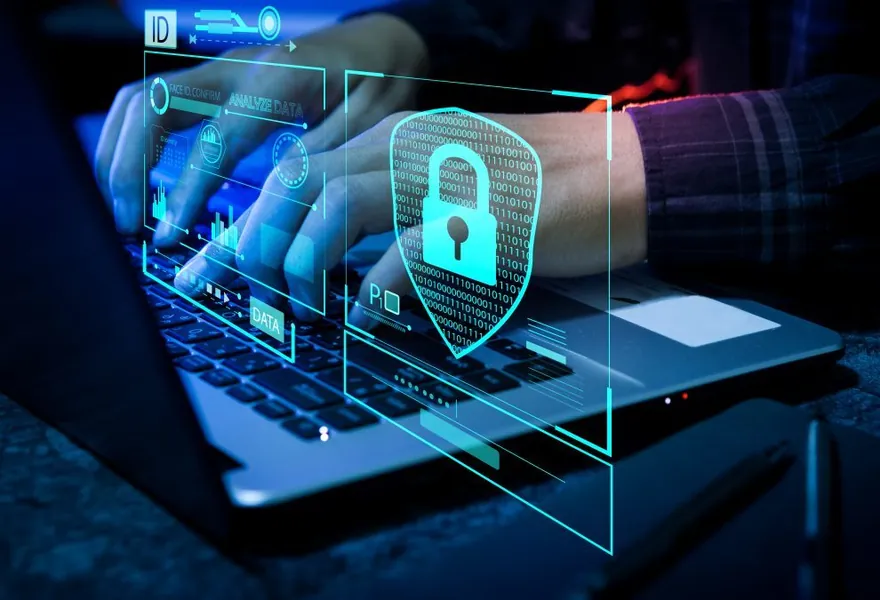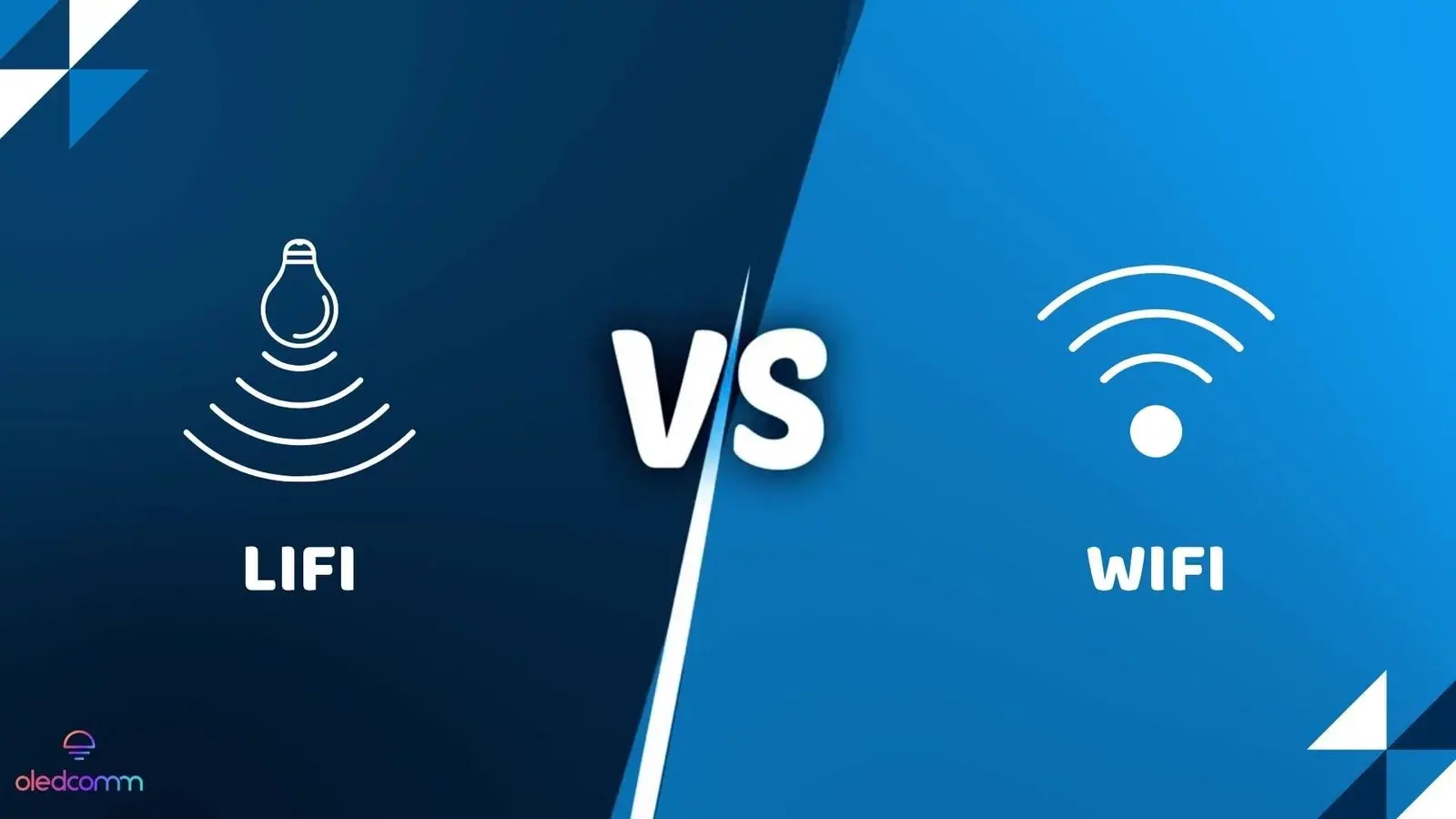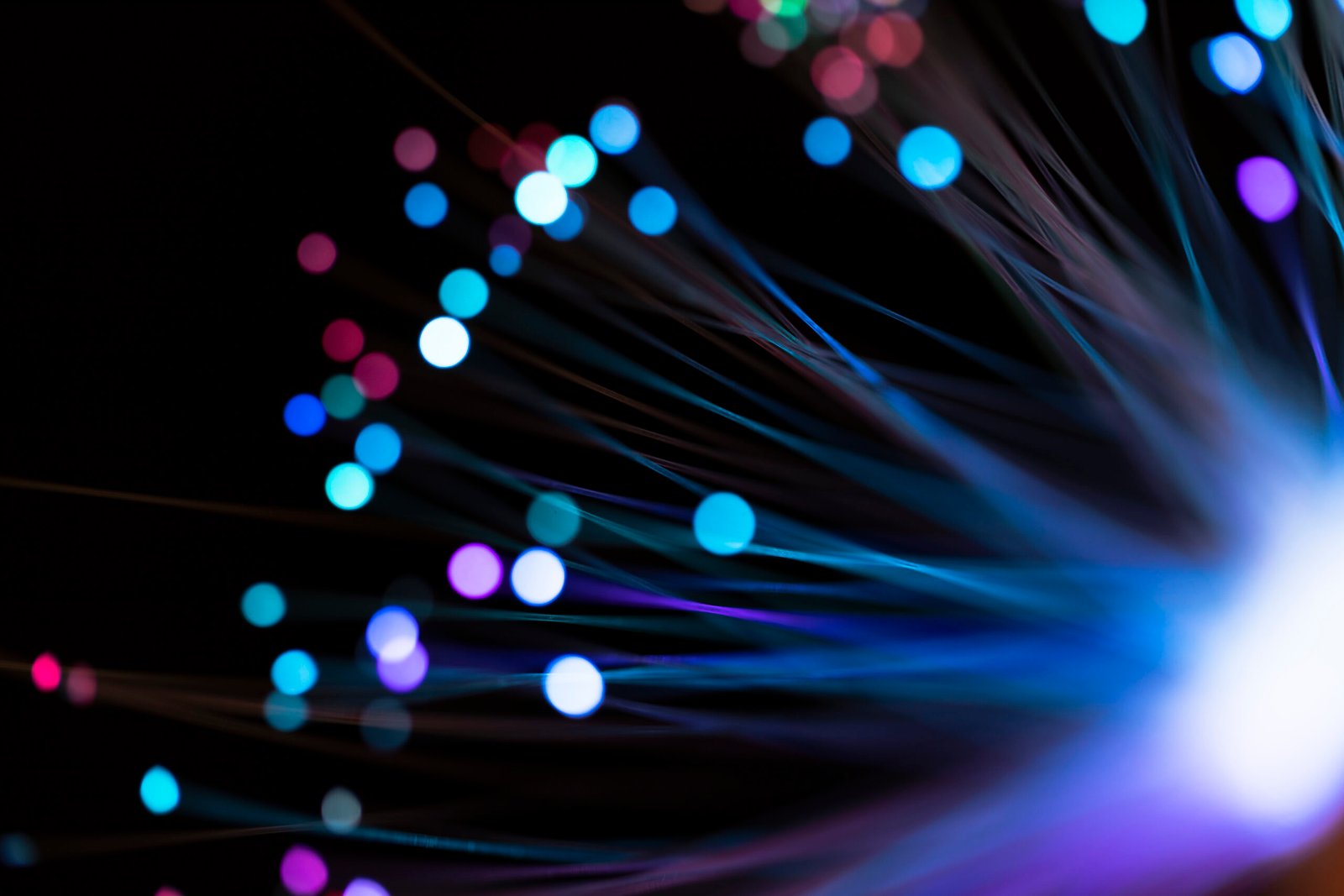
Why Opt for LiFi: Internet Security with LiFi Technology
The extraordinary advance in today's wireless technology has brought about interesting changes in the realm of global connectivity.

Starting out with WiFi, which used radio waves to transmit signals; new developments in technology are now able to use optical signals to create wireless connectivity. This innovative system of transferring data and information across devices using a source of light is now termed LiFi or Light fidelity.
LiFi is a bi-directional wireless communication system that transmits data via visible or infrared light waves. Presently, LED bulbs are the most commonly used source of light for LiFi internet or light WiFi. When compared to traditional internet, LiFi technology offers a whopping upgrade to users in terms of speed, security, reliability, and energy efficiency. To get a clearer picture of how advanced LiFi can be, consider this: LiFi has a band frequency of 200,000 GHz, while WiFi can only have a maximum of 5 GHz. This leads to LiFi internet speed being 100 times faster than WiFi, giving it the name “speed of light internet”.
When it comes to security, LiFi is an obvious winner. The privacy and internet security provided by LiFi technology is much superior to what was previously the norm for WiFi-based connections. But both WiFi and LiFi are wireless systems, so how is one more secure than the other? And why should we opt for LiFi over tried and tested traditional internet options? These are the questions we aim to answer in this blog. Read on to learn more!
What is LiFi?
The term LiFi or Light Fidelity was coined by Professor Harald Haas in the year 2011 for his TEDx talk. LiFi aims to be an improvement upon currently prevailing technologies by utilizing optical waves for communication to replace radio waves.
LiFi uses visible light communication(VLC) to provide internet connectivity in a localized environment without the use of fiber optic cables that are required for traditional WiFi. Instead, LiFi depends on light from commonly available LED bulbs as its medium of data transmission. Such a system can serve a dual purpose, where the same LED lighting system could be used to provide both- illumination and internet connection in an environment.
Also Read: Applications of Li-Fi
How does LiFi work?
LiFi technology relies on visible light communication for data transmission. A VLC system is made of two essential components, i.e. a photodiode device to receive light signals and a light source installed with a signal processing unit to transmit signals.
To work, LiFi or Light internet depends on its light source to send a constant stream of data-carrying photons to a receptor device. A data access point acts as a hub to connect a LiFi-enabled device to a router and a switch that controls the entire system. Upon being switched on, a fast pulsating stream of light from an LED bulb carries out uplink and downlink transmission of data. A LiFi-enabled device is embedded with a photodetector which works as a receiver to collect the transmitted data. This data is then processed and interpreted to serve as a fast, high-security internet connection for users.
Also read: How Does LiFi Work: A Step-by-Step Guide (2024)
Why is LiFi more secure than WiFi?

Image by Freepik
When it comes to pervasiveness, WiFi is the go-to channel for internet connectivity and data transmission networks around the globe. However, the ubiquitous spread of WiFi connections that employ radio waves and require extensive laying of cabled infrastructure comes with many flaws. The most concerning among them is how easy it is for WiFi signals to be intercepted and hacked along their course of transmission.
The consistent struggle with security issues, combined with an ever-expanding demand for faster internet connectivity has created a need for alternative wireless technologies. Just being connected to the internet is no longer enough, as we have wider concerns about cybersecurity and connection integrity that must be considered by communication service providers. In such a market, Light internet or LiFi offers a ray of hope for internet users in terms of being a far more secure and stable method for data transmission.
LiFi uses visible light for creating connectivity and has security built into its channel of working since the beginning. This is because light waves are inherently more secure than radio waves when it comes to data transmission. WiFi networks that use radio frequency signals are more vulnerable to security attacks such as password hacks, signal interception, and data modification or theft by cybercriminals. LiFi technology can prevent such attacks because of several security characteristics that make it harder to intercept or modify. These are:
-
Light signals have localized coverage
LiFi signals can cover only a specific range of area that its light beams can reach. This helps LiFi connections to operate within predetermined network zones. Light cannot penetrate walls or leak past materials of curtains or canvas that might be present in its transmission path. This allows LiFi internet to be contained in a confined space and eliminates the possibility of man-in-the-middle attacks since signals cannot travel outside the coverage cone or room.
-
Restricted access
Since LiFi is contained within a smaller area or coverage cone, people outside this restricted area can never access a network without first obtaining entry into this zone. So, those who wish to connect to a LiFi network must be physically present within its coverage zone and as a result- their identities and intentions are easy to track. This prevents the possibility of unwanted data leaks or hacks on a network.
-
Better connection stability
LiFi signals cannot be intercepted or disrupted by other signals or devices that exist within their coverage cones. This along with the ability of light waves to move smoothly through the atmosphere makes LiFi internet far more stable than WiFi. WiFi or radio waves are notorious for showing lags, disruptions, and unstable connectivity because they cannot travel as freely as light. They are more likely to get interrupted by weather events or even competing radio waves in their paths. This feature of greater connection stability makes LiFi technology more secure and reliable for real-time communication.
Also Read: 8 Key Benefits of Li-Fi Technology - 2024
LiFi is the Technology of the Future
Considering the wide application of the Internet in modern-day business and lifestyles, improvements in its overall functions are welcome across the board. Although the existing WiFi technology has delivered many benefits to its users, the issue of gaps in cybersecurity and network stability cannot be treated lightly. This is where LiFi technology proves itself as a game-changing innovation that can overcome the limitations of relying on radio waves for data transmission.
When compared to WiFi, LiFi is definitely more secure because the nature of light waves makes it easier to protect connections, restrict access, and track users. Given this, the use of LiFi is just beginning to be explored, and with further R&D we can expect more creative solutions to make internet connections impenetrable and secure for the future.
If you want to use LiFi connectivity to enjoy greater security for your internet, contact us!
- Very low latency (0.5ms) and enhanced security due to the localized coverage of light signals.
- Restricted access, requiring physical presence within the coverage area.
- Better connection stability, less prone to interruptions or disruptions compared to WiFi.
- Improved security with light signals being inherently more secure than radio waves.
- Restricted coverage area prevents unauthorized access from outside.
- Better stability in real-time communication, unaffected by signal interference.
- LiFi addresses limitations in cybersecurity and network stability associated with WiFi.
Recent articles

Categories
See some more...




